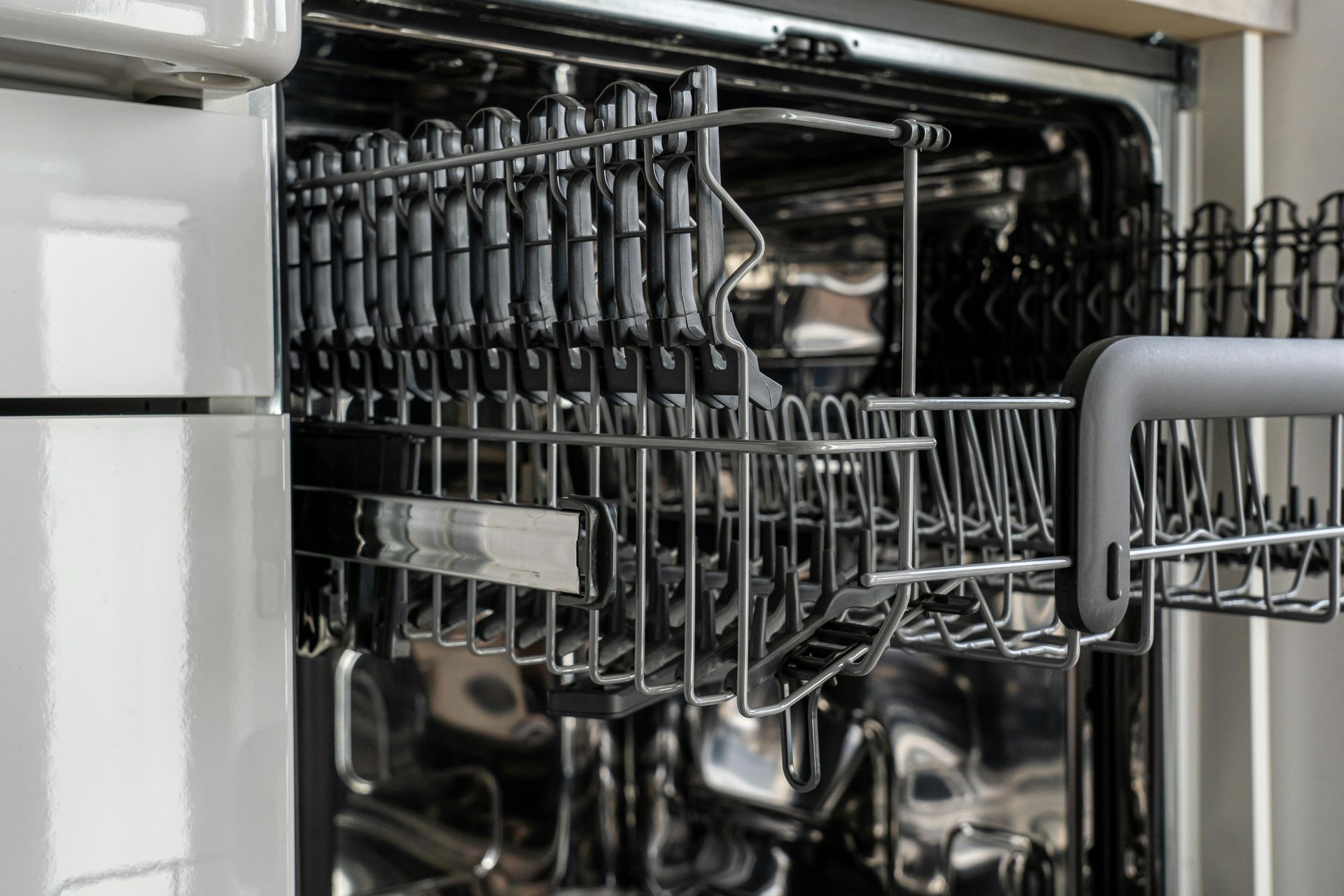What to Do If Your Sump Pump Fails During a Storm
A sump pump is your home’s first line of defense against basement flooding, especially during heavy storms. But what happens when it stops working right when you need it most? Sump pump failures can lead to significant water damage, stress, and costly repairs. Don’t panic—knowing the signs of failure and taking quick action can help you minimize damage and keep your home safe. Let’s explore what to do if your sump pump fails during a storm.
"The Importance of Regular Sump Pump Maintenance"
Signs Your Sump Pump Has Failed
1. Water Pooling in the Basement
If you notice water pooling in your basement despite the sump pump being on, it’s a clear indication that the pump isn’t functioning as it should. This could be due to a mechanical issue or a clog in the drainage system.
2. No Sound Coming from the Pump
A silent sump pump during a storm is a major red flag. This could mean the motor has burnt out, or the pump has lost power entirely.
3. Unusual Noises
Strange grinding or rattling noises from your sump pump often point to mechanical failure, such as a broken impeller or worn-out motor.
4. Frequent Circuit Breaker Trips
If your sump pump repeatedly trips the circuit breaker, it’s likely drawing more power than it should. This could be caused by a jammed motor or electrical short.
5. Stuck Float Switch
The float switch triggers the pump to activate when water levels rise. If it’s stuck or broken, the pump won’t turn on, leading to flooding.
6. Pump Runs but Doesn’t Drain Water
A running sump pump that isn’t removing water may have a clogged discharge line or a problem with its impeller.
7. Strong Odors from the Basement
A foul smell from stagnant water or mold is often the result of a sump pump failure. This indicates that water has been sitting too long and isn’t being drained properly.
Immediate Actions to Take
1. Stay Safe and Assess the Situation
Before jumping into action, ensure the area is safe. Avoid stepping in standing water, especially near electrical outlets, as it can pose a serious risk of electric shock.
2. Check the Power Supply
Verify that the sump pump is securely plugged in and the outlet is working. If the power is out, use a backup generator to restore functionality temporarily.
3. Inspect the Pump for Obstructions
Remove any debris or dirt clogging the pump. Check the float switch and discharge line to ensure they’re not blocked or tangled.
4. Manually Remove Water
If the sump pump isn’t working, grab a bucket, wet/dry vacuum, or mop to manually remove water from your basement. This can help prevent further flooding until professional help arrives.
5. Deploy a Backup Pump or System
If you have a battery-powered or water-powered backup pump, now is the time to use it. These systems can provide temporary relief and keep water levels under control.
Preventing Further Water Damage
- Use sandbags or plastic sheets to block water entry points.
- Elevate furniture and electronics off the floor.
- Move valuables to higher ground.
- Monitor water levels regularly.
- Ventilate the basement to prevent mold growth.
Long-Term Solutions After the Storm
1. Repair or Replace the Sump Pump
Consult a professional plumber to assess the damage and determine if the pump needs repair or a complete replacement.
2. Install a Backup Sump Pump
Invest in a battery-powered or water-powered backup sump pump to ensure your basement stays dry even during power outages.
3. Regular Maintenance Checks
Schedule routine inspections to clean the sump pit, test the pump, and ensure all components are in working order before the rainy season.
4. Upgrade to a High-Capacity Model
If your home is prone to heavy flooding, consider upgrading to a higher-capacity sump pump that can handle greater volumes of water.
5. Improve Drainage Around Your Home
Redirect rainwater away from your foundation with proper landscaping, gutters, and downspouts to reduce the load on your sump pump.
When to Call a Professional
- Persistent electrical issues with the sump pump.
- Visible damage to the pump or discharge lines.
- The pump fails to work even after troubleshooting.
Conclusion
Sump pump failures during storms can be stressful, but knowing the signs and acting quickly can make all the difference. By taking immediate steps to address the issue and implementing long-term solutions, you can safeguard your home from future flooding. Regular maintenance, a backup system, and professional help when needed ensure you’re always prepared, no matter how severe the storm.











